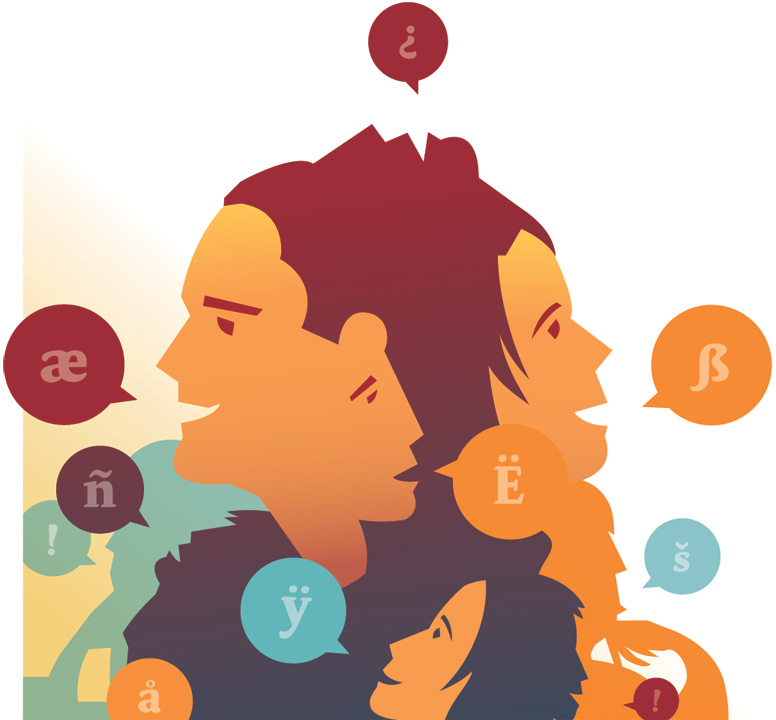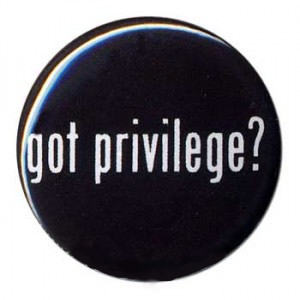[Hyperlinks]
This week’s reading, Safe Spaces by Annemarie Vaccaro, Gerri August, and Megan S.
Kennedy, deals with LGBT issues in schools. Compared to issues dealing with
race or ethnicity, this topic is a bit different; while we can usually determine race
by simply looking at a person, we can’t tell someone’s sexual orientation just
by looking at them. But even so, students that identify as gay, lesbian, bisexual,
or transgender are facing more and more discrimination and harassment in
schools today, especially since more and more are “coming out” and openly identifying
as LGBT. Vaccaro, August, and Kennedy address the issue of discrimination of
LGBT youth in schools today by giving us ways to present the issue in classrooms.
They suggest including representation of LGBT identities and families in their curriculum
just as often as heterosexual identities and families, so that students learn
to accept both identities as part of the social norm and respect them.

But, as the
article explains, teachers are often teaching and reinforcing that identifying
as LGBT is not OK – like the teacher that sent a student to the principal for
using the word “gay” in class. While he was using it in a harmless way to
describe his own family, as the authors state, “the teacher saw this for what
it was: a teachable moment. But what did she teach? The message to Marcus and
his classmates was that Marcus’ family was shameful, something to be hushed.” The
teacher has even stated in the report that “this kind of discussion is not acceptable
in my room. I feel that parents should explain things of this nature to their
own children in their own way” (95).
While I was reading this article, it reminded me of a
video that one of my friends showed me last year that shows the kinds of
discrimination and violence that a homosexual person faces in school on a daily
basis, but with a twist. The story is told through the eyes of a heterosexual girl
living in a world where everyone else is homosexual and her experiences of
identifying as a “different” sexuality at school. This video not only gives us
insight into the daily experience of a homosexual in our world, but allows
heterosexuals to relate to the main character and feel the struggle of having their
own sexual identity alienated.
This short film is extremely powerful, and I’ll warn
you now – it’s pretty graphic. But even though it’s so heavy emotionally, it’s exceptionally
informative and well-written. Ever since I did, it’s helped me to understand
the struggles of LGBT kids in school. As future teachers, I really hope you’ll all
take the time to watch it.
…Pretty powerful, right? All I can do is just say, “Wow, Is this really
reality for LGBT kids at school?”
Unfortunately,
the answer is yes.
It really puts the experience of having your own
sexuality discriminated against into perspective for heterosexuals. What else
amazes me about this is how little support Ashley has at school and at home.
Almost everyone discriminates her: her friends, her teachers, even her parents!
And to make things worse, the boy that she likes won’t even stand up for her
out of his own fear of being alienated. She has so little support that she
resorts to suicide as the only answer, a choice that far too many LGBT teens
have made.
 But what if that teacher that intervened while Ashley was
being bullied had taught in his class that being LGBT was OK? Or if her
parents had allowed her to be exposed to heterosexuality by letting her walk
past the couple down the street? Or if the drama teacher had seen her wishes
and decided to cast “Julio” as “Juliet” to fairly
represent heterosexuals in society?
But what if that teacher that intervened while Ashley was
being bullied had taught in his class that being LGBT was OK? Or if her
parents had allowed her to be exposed to heterosexuality by letting her walk
past the couple down the street? Or if the drama teacher had seen her wishes
and decided to cast “Julio” as “Juliet” to fairly
represent heterosexuals in society?
In our society,
we need to teach that LGBT identities are the normality for many teens, aren’t
something to be hidden or ashamed of, and that these students need to be
treated with respect. I think the authors of this article would agree with me
when I say that if the other students had seen positive representations of her
sexuality in school, maybe Ashley wouldn’t have felt forced to take her own
life. The same might be true for LGBT kids in our society today if we create
safe spaces for them in our schools.
Pictures:




